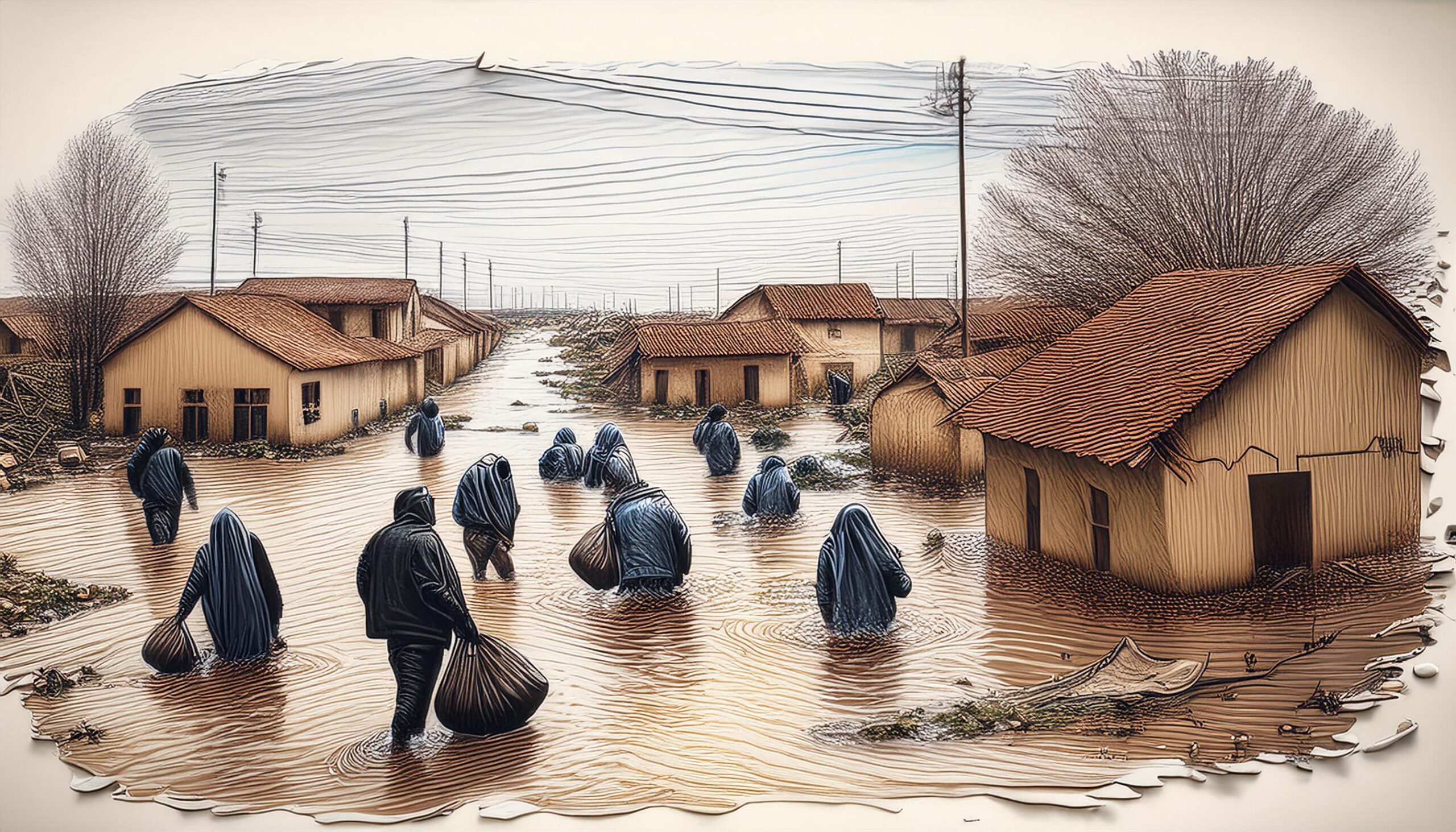Natural disasters can strike without warning, bringing with them not only physical destruction but also financial turmoil. Protecting your finances during such events requires proactive planning and smart strategies. Here are some essential steps to safeguard your financial health in the face of natural disasters.
1. Build an Emergency Fund
Establish a Safety Net: An emergency fund is your first line of defense against financial hardship during a natural disaster. Aim to save at least three to six months’ worth of living expenses. This fund should be easily accessible, preferably in a high-yield savings account, so you can quickly withdraw funds when needed.
Automate Savings: Set up automatic transfers to your emergency fund to ensure consistent contributions. Even small, regular deposits can accumulate over time, providing a robust safety net.
2. Review and Update Insurance Policies
Homeowners and Renters Insurance: Ensure your homeowners or renters insurance policies are up to date and provide adequate coverage for natural disasters common in your area. Consider adding riders or endorsements for specific perils such as floods, earthquakes, or hurricanes, which are often not covered under standard policies.
Health and Life Insurance: Review your health and life insurance policies to confirm they offer sufficient coverage. Natural disasters can result in significant medical expenses or, tragically, loss of life. Adequate insurance can alleviate financial burdens on you and your family.
3. Safeguard Important Documents
Create Digital Copies: Scan important documents such as identification, insurance policies, property deeds, and financial statements. Store these digital copies in a secure cloud storage service. This ensures you can access essential information even if physical copies are damaged or lost.
Physical Protection: Keep original documents in a fireproof and waterproof safe. Consider keeping a secondary set of copies in a secure location outside your home, such as a safe deposit box.
4. Maintain a Disaster Budget
Plan for Unexpected Expenses: Create a disaster budget that outlines potential expenses during and after a natural disaster, such as temporary housing, emergency supplies, and repairs. Having a clear budget helps you manage your finances more effectively during a crisis.
Cut Non-Essential Spending: In the aftermath of a disaster, prioritize essential expenses and temporarily reduce or eliminate non-essential spending. This ensures you can stretch your resources to cover necessary costs.
5. Utilize Government and Community Resources
Government Assistance: Familiarize yourself with government programs that provide financial aid during natural disasters, such as FEMA grants or SBA disaster loans. Knowing how to apply for these resources can expedite the recovery process.
Community Support: Leverage community resources, such as local charities, food banks, and volunteer organizations. These groups often offer immediate assistance and support during disaster recovery.
Conclusion
Proactively preparing for natural disasters can significantly mitigate their financial impact. By building an emergency fund, reviewing insurance policies, safeguarding important documents, maintaining a disaster budget, and utilizing available resources, you can protect your finances and ensure a quicker recovery. Taking these steps now will help you face future disasters with greater resilience and peace of mind.


Leave a Reply